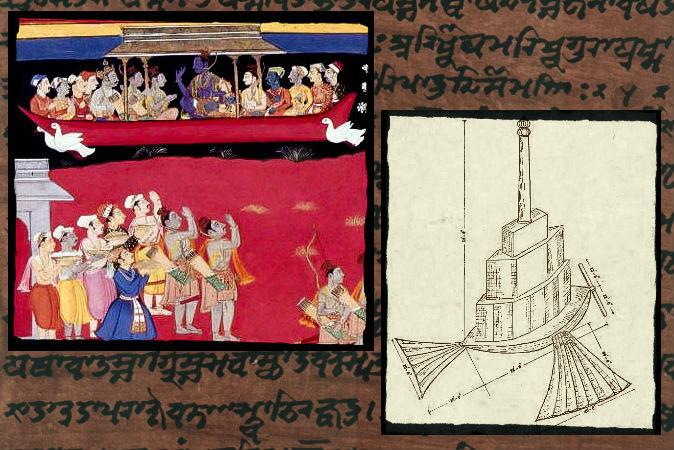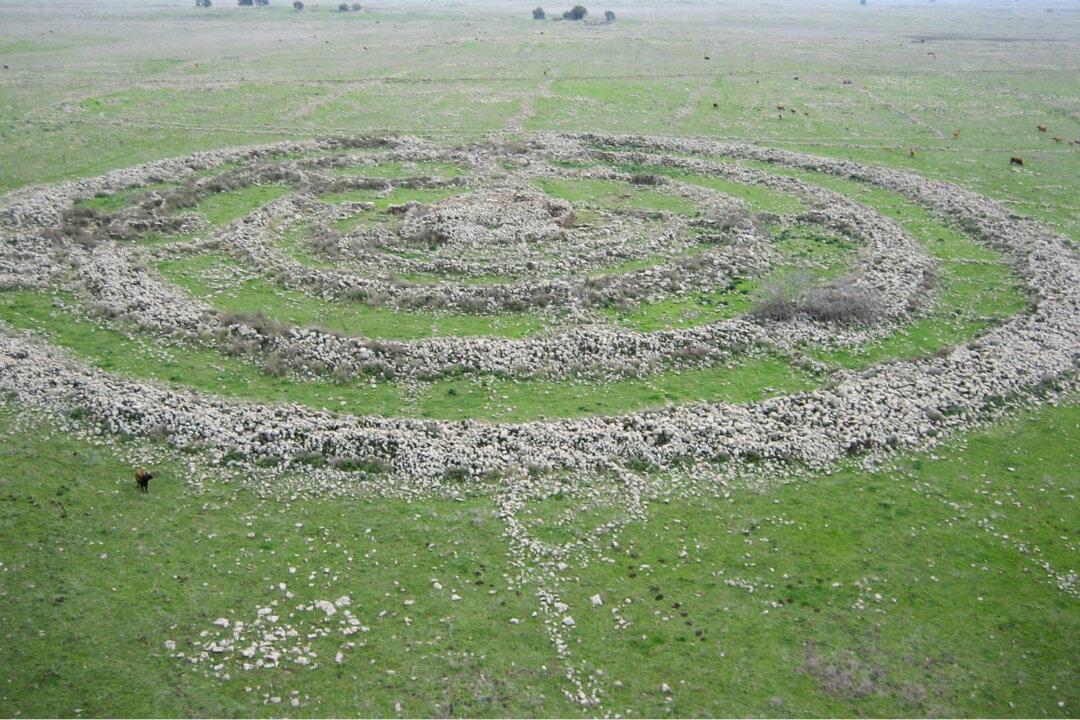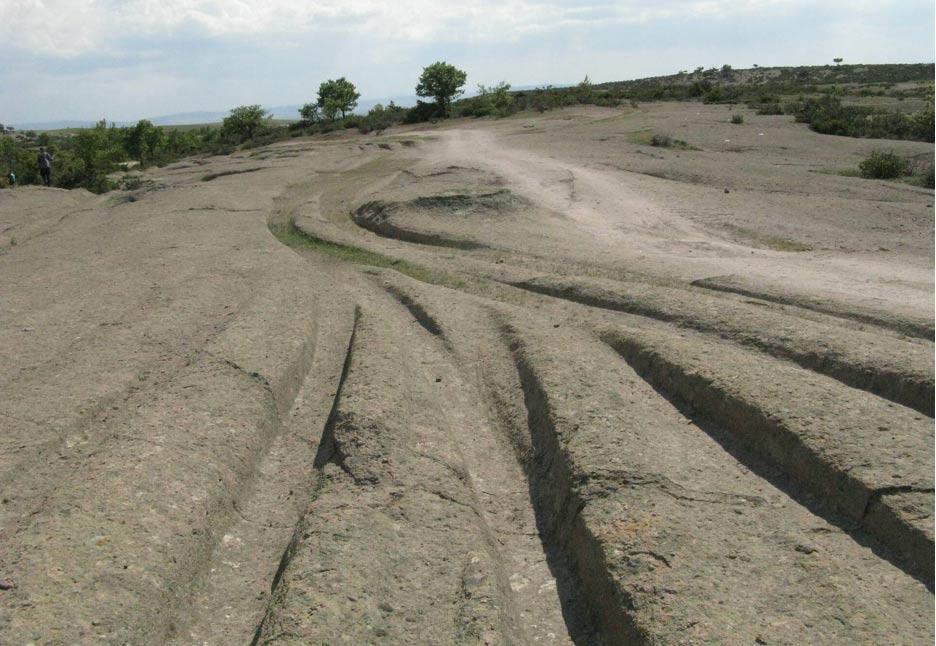A controversial paper presented at the prestigious science conference, the 102nd Indian Science Congress in Mumbai, claims human aviation and advanced space flight was achieved and mastered by the ancient Indians, thousands of years before the Wright brothers in 1903.
The paper, presented by Captain Anand Bodas and Ameya Jadhav within a session titled “Ancient Sciences through Sanskrit,” details that in Vedic texts from 7,000 years ago, airplanes are described as being able to fly backwards and side-to-side. They could also shuttle between countries, continents, and even planets.
“There is official history and unofficial history,” said Captain Bodas, according to The National. “Official history only noted that the Wright Brothers flew the first plane in 1903,” but the inventor of the airplane was really a sage named Bharadwaja, who lived around 7,000 years ago. “The ancient planes had 40 small engines.”





